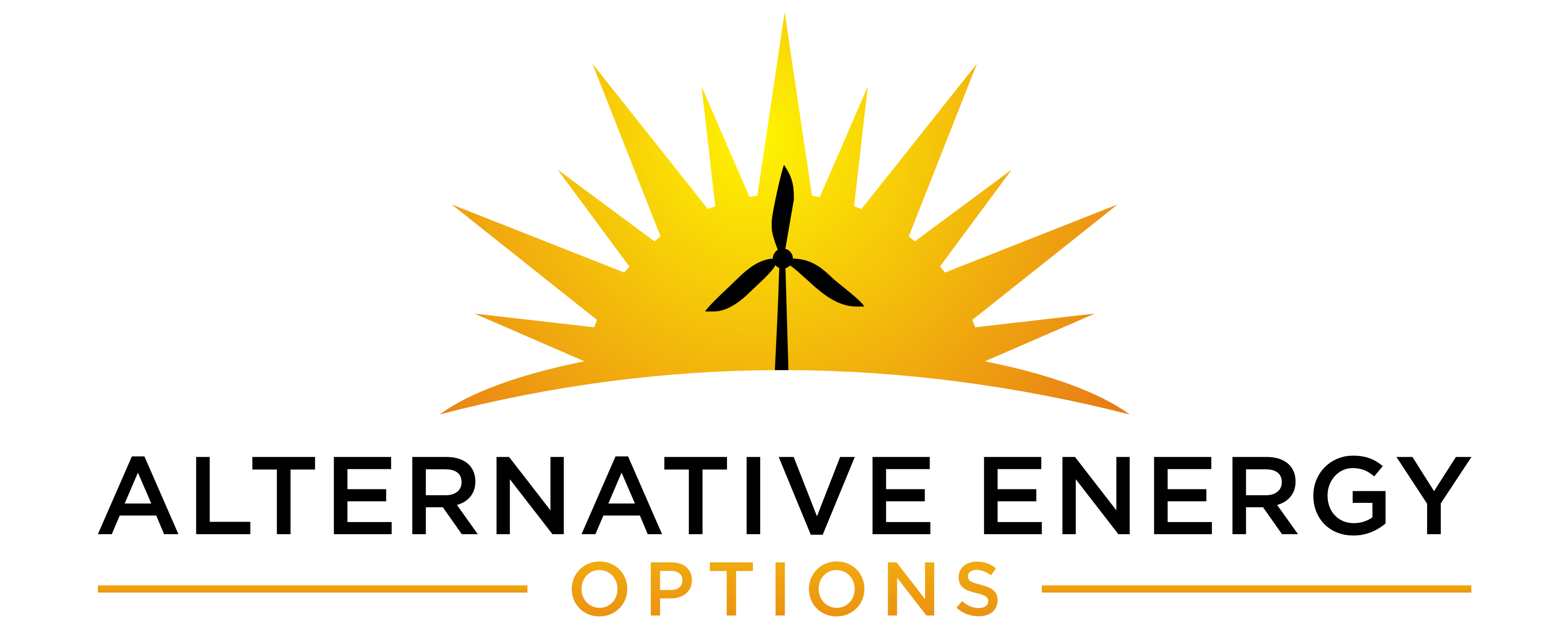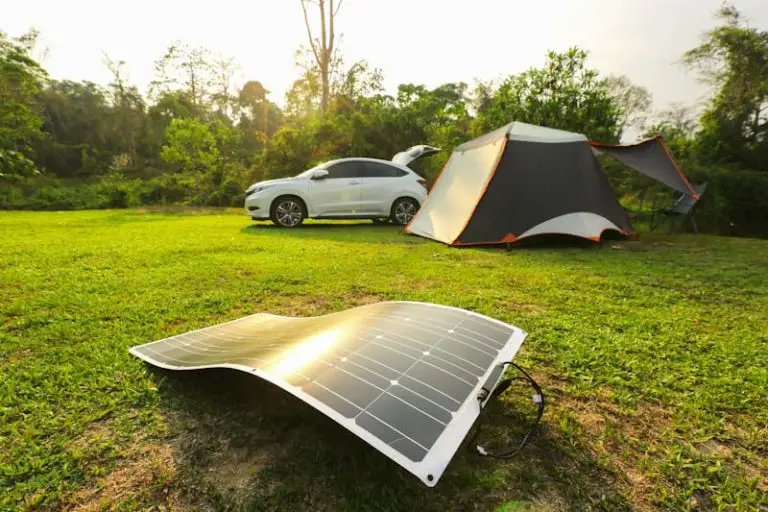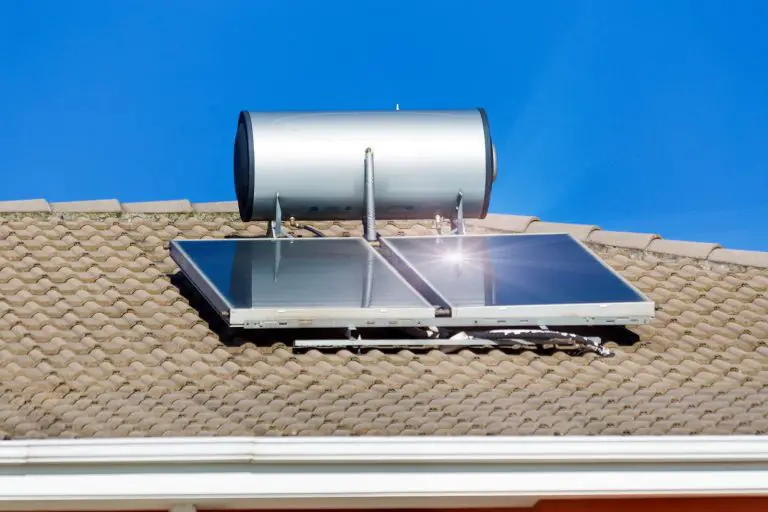How Many Batteries Are Needed For A 3,000 Watt Inverter?
Inverters can accommodate either a 24V or a 12V battery. A single 24V 125AH battery would suffice for an hour of use, or a 12V 250AH battery would suffice. The number of batteries needed depends on the hours of inverter use and the appliance loads. Batteries can be added as needed.
A 3,000-watt inverter provides electrical power and can support multiple house appliances such as computers, cellphones, lights, fridges, and many more. Essentially, any electrical item is compatible, provided that the used power is within the limits of the inverter.
Please continue reading to learn more about power inverters, evaluate them, and maximize their use on your preferred electrical appliances.
How Does An Inverter Work?
An inverter converts the direct current (DC) power from an energy bank (i.e., batteries) into an alternate current (AC). Homes typically utilize AC for appliances and gadgets. Using DC would compromise safety as this may cause fire on appliances, gadgets, and wirings.
Additionally, watts pertain to the total power capacity of an inverter.
A 3,000-watt inverter pertains to potential maximum power production of 3,000 watts. However, this converter typically has an average production ranging from 2,400 watts to 2,500 Watts.
Number Of Batteries For A 3,000-Watt Inverter
Before determining the number of batteries for an inverter, you must first familiarize the following terms:
- Amperes/Amps (A): a value indicating the energy storage capacity of a battery
- Ampere hour (AH): a value indicating energy storage/transfer capacity of a battery per hour
Batteries have various storage capacities depending on the type—however, storage capacity for a battery range from 550A to 1,000A. Additionally, a battery can either be in 12 voltages (V) or 24V.
Sample Computations
Sample computations are shown for 12V and 24V battery voltage types.
- 3,000 watts / 12 volts = 250
For a 3,000-watt inverter, a single 12V 250AH battery must run at full power. The duration would take approximately 1 hour, depending on battery discharge rate and inverter efficiency.
- 3,000 watts / 24 volts = 125
The 3,000-watt inverter can also run at full power for approximately an hour using a 24V 125AH battery.
Essentially, choosing a 24V battery type would require a smaller capacity running the inverter than the 12V. However, 24V battery types tend to cost more.
Utilizing the inverter for longer would require increasing the battery capacity (e.g., multiple batteries).
For example, computations below would show the estimated battery capacity needed for a 3,000-watt inverter in full power to be used for 8 hours for both 12V and 24V battery voltage types.
- 3,000 watts / 12 volts = 250 x 8 hours = 2,000
- 3,000 watts / 24 volts = 125 x 8 hours = 1,000
The 3,000-watt inverter would need 12V 2,000AH battery capacity (or batteries) to run for 8 hours. Alternatively, a 24V 1,000AH battery capacity is necessary to run for 8 hours fully.
Battery Duration On A 3,000-Watt Inverter
As mentioned, a 3,000-watt inverter pertains to a potential maximum power generation of 3,000 watts. However, home appliances vary in watt usage. Hence, you can compute the battery duration based on an appliance’s specific watt usage.
Sample Computations
For example, you want to use a laptop for 3 hours with a 60-watt load per hour. It applies to both battery voltage, and you may compute it as follows:
- 60-watt load x 3 hours = 180 watts
After that, convert watts into amps with corresponding battery voltage:
- 180 watts / 12 volts = 15
- 180 watts / 24 volts = 7.5
Using a laptop for 3 hours plugged in a 3,000-watt inverter requires a minimum of 12V 15AH battery or a 24V 7.5AH battery.
What Size Battery Do I Need For A 2000 Watt Inverter?
As for a 2,000-watt inverter, the following computations for 12V and 24V batteries are being used at full power for one hour.
- 2,000 watts / 12 volts = 166.67
- 2,000 watts / 24 volts = 83.33
A single 12V 167AH battery or one 24V 83AH battery is needed to run the inverter for an hour.
As for using the inverter at full power for 8 hours, here are the following computations.
- 22,000 watts / 12 volts = 166.67 x 8 hours = 1,333.36
- 2,000 watts / 24 volts = 83.33 x 8 hours = 666.64
The 2,000-watt inverter would need a 12V 1,333AH battery capacity to run for 8 hours fully. On the other hand, a 24V 667AH battery capacity is necessary for the inverter to run for 8 hours.
Battery Duration On A 2,000-Watt Inverter
You can apply similar computations here. However, the scenario this time is to determine the battery duration for an appliance load of 800 watts for 4 hours.
- 800 watts x 4 hours = 3,200 watts
- 3,200 watts / 12 volts = 266.67
- 3,200 watts / 24 volts = 133.33
Hence, to use an appliance for 4 hours plugged in a 2,000-watt inverter requires either a minimum of 12V 267AH battery bank or a 24V 133AH battery bank.
Pros And Cons Of Different Battery Types For Inverters
Batteries have essential storage capacities for inverters. However, there are advantages and disadvantages of various battery kinds. These are indicated in the table below.
| Battery type | Advantages | Disadvantages |
| Flooded lead-acid batteries | AffordableRecyclable | Gas byproductNeed for ventilationBulkyCorrosiveRegular maintenance check (e.g., adding of water every 1-3 months)Should be stored upright to avoid leakage |
| Absorbent glass mat (AGM) batteries | Lower internal resistance relative to flood lead-acid batteriesWithstand higher temperatures more than rest of the battery typesResistant to cold temperaturesLightweightDischarge slowly than rest of the battery typesLeak-proofRequire little to no ventilationPreserve static charge for long period of timeLonger lifespan than flood-lead acid batteries | Use of same charging voltage |
| Gel | DurableLittle to no maintenanceHigh resistance to vibrations and shockWork well in both cold and hot temperaturesGreat life-cyclesLess prone to leakage if ever damaged | VentlessSelf-discharge faster than flooded lead-acid batteriesNarrow charging profilesEasily damaged when charged incorrectly Lack ample amp-hour capacity Low charging voltageProne to accidental overchargeExpensive than flood lead-acid batteries |
| Lithium-ion | Longer life span (may reach 3,000 to 5,000 cycles) Higher efficient power usageNo maintenanceMore storage capacityNo gas emissionSmall in size and lightEssential in cordless power (e.g., cordless air compressors and cordless impact wrenches) | Most expensive relative to other battery types indicated here |
Amount Of Batteries Needed For An 8-Hour Inverter Use
The number of batteries would vary depending on the number of appliances (i.e., watt load) used through an inverter. Additionally, there are different types of batteries with various storage capacities. Several examples are shown in the table below.
| Battery type | Battery voltage and amp | Watt load | Amount of batteries |
| Flood cell batteries | 12V 100 AH | 2,000-watts | 20-24 pcs. |
| AGM batteries | 12V 100 AH | 2,000-watts | 14-18 pcs. |
| Lithium phosphate batteries | 12V 100 AH | 2,000-watts | 12-16 pcs. |
| Tesla battery modules/ Lithium-ion | 12V 100 AH | 2,000-watts | Approx. 3 pcs. |
Distance Of Inverters From Batteries
Inverter cables should be of the appropriate size and diameter to avoid voltage drop. The optimal distance between the battery bank and the inverter is about 30 and 40 feet. However, the inverter and battery should be at least 5 feet apart.
Parallel string setups in inverters can result in overworked batteries. Hence, it is essential to consider that the inverter and battery must be quite close when installing a battery backup system. Inverter cable cost is close to an average cable price.
Inverter Types
There are two types of inverters:
- Pure sine wave: a modern type of inverter that delivers superior performance. (i.e. provide 90% to 95% efficiency.
- Modified sine wave: known to be cheaper but relatively not efficient. Efficiency tends to be below 90%.
Inverter Efficiency
This variable pertains to the energy consumption rate from DC to AC power during the conversion process. Excellent converters are highly efficient, whereas low efficient converters mean you use more battery power during the process.
Calculating Inverter Efficiency
Theoretically, a 2,000-watt inverter would produce an equal amount of power per hour. However, in reality, efficiency rates vary per inverter. For example, a 95% efficiency inverter means that 1,900 watts of power were converted from DC to AC, as shown in the computation below.
- 2,000 x 0.95 = 1,900
Alternatively, this can mean a 2,000-watt load can consume approximately 2,100 watts.
- 2,000 + (0.05)(2,000) = 2,100
When the inverter efficiency rate is 85%, only 1,700 watts can be loaded, and a typical 2,000-watt load can consume approximately 2,300-watts.
- 2,000 x 0.85 = 1,700
- 2,000 + (0.15)(2,000) = 2,300
Hence, it is best to double inverter size whenever the system is often run on full load.
Appliances That A 3,000-Watt Inverter Can Support
This type of inverter can support various home appliances, often for daily use. Several of these appliances are indicated in the table below.
Ensure to be within the threshold of the inverter ratings. Otherwise, power overloading can happen and result in equipment damage.
| Appliance/gadget | Max wattage ratings | Amps |
| Blender | 1,200 | NA |
| Toaster | 1,200 | NA |
| Portable heaters | 1,200 | 14 |
| Microwave | 1,000 | 4.5 |
| Coffeemaker | 1,000 | NA |
| Refrigerator | 750 | 4.5 |
| Freezer | 600 | NA |
| Stereo | 300 | Less than 0.5 |
| TV | 250 | Less than 0.5 |
| Laptop computer | 150 | Less than 0.5 |
| Desktop computer | 300-800 | 3 |
| Washing machine | 2,300 | 10 |
| Lights | 60 | Less than 0.5 |
| Phone charger | 12 | Less than 0.5 |
| Fan | 35-50 | Less than 0.5 |
3,000-Watt Inverter Runtime Estimate
The table shows an example of appliance power load and their estimated runtime on a 3,000-Watt inverter.
| Appliance | Estimated inverter running time |
| Refrigerator | 2 hours |
| Laptop, fan, and several lights | 12+ hours |
| TV and fan | 20+ hours |
| Portable heater | 1-2 hours |
| Microwave | 2-3 hours |
| Washing machine | 2+ hours |
| Window AC | 1-2 hours |
| Gaming laptop | 3.5 hours |
| TV with player | 20+ hours |
Is a 3,000-watt Inverter sufficient?
A 3,000-watt inverter can already support numerous house appliances. However, higher inverter wattages are available, such as the 4,000-watt and 5,000-watt inverters. Nevertheless, knowing whether a 3,000-watt inverter is enough is to know which appliances you decide to run and for how long?
Higher inverter wattages can accommodate longer running time but are known to be costly.
How Long Should An Inverter Last?
The inverter could last several years and greatly depend on battery capacity and usage time. Specifically, an inverter could last from 2 to 10 years. Batteries with low efficiencies and capacities can reduce the life expectancy of an inverter. Hence, it is imperative to check the quality of available batteries before purchasing an inverter.
Summary
Overall, a 3,000-watt inverter can support wide products of house appliances. However, the loading of appliances should be within the prescribed power rating of the inverter to avoid overloading and eventual damage.
Additionally, the number of batteries for a 3,000-wat inverter would depend on the number of appliances loaded and usage time. Nevertheless, in an hour of use of the inverter, either a single 24V 125AH battery would suffice or a 12V 250AH battery.
Sample computations were provided to determine the exact number of batteries you may need. Furthermore, computations on battery duration, inverter efficiency, and the estimated amount of batteries necessary were also demonstrated.






